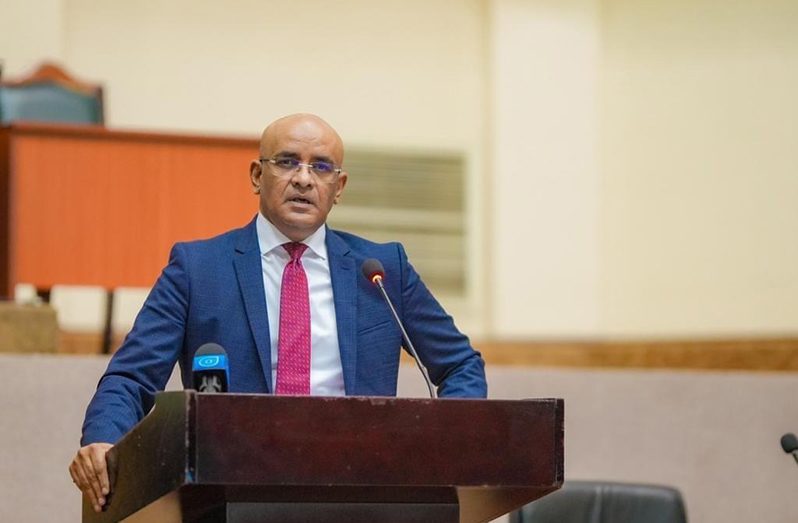WITH the 2025 election quickly approaching, and the People’s Progressive Party (PPP) confident of another win, General Secretary of the PPP, Dr Bharrat Jagdeo, said the administration was taking a diverse approach to develop Guyana’s energy sector.
Speaking at a recent press conference, Jagdeo discussed the government’s plans for the coming years, stressing the importance of transitioning to cleaner, more sustainable energy sources. As he stated, the government aims to introduce more solar power into the nation’s grid.
“We plan to put in at least 100MW of solar power. This is leaving out the small solar panels that are given to each household in the riverine and the hinterland communities, but these would be connected to the grid.”
He noted that about 35MW of this solar energy was already being installed in three regions – Regions 6, 2, and 10.
The Geneal Secretary also discussed the ongoing development of the Amaila Falls hydropower project. He assured that although the project is still underway, it will play a larger role in providing energy for the country once completed.
“Now, the Amaila falls project, when we were developing it, it was 165MW. At the beginning, we told [you] that with new technology, and without increasing the size of the reservoir, you can get up to 300MW from the same project. So, it depends on what the final configuration of the project is and its output.”
Originally designed for 165MW, the hydropower project could potentially generate up to 300MW, significantly contributing to the renewable energy mix. Jagdeo, who is also the country’s Vice President, emphasised that while the gas-to-energy project may not be categorised as renewable, it would still play a critical role in reducing the country’s carbon emissions.
“We always will get 300MW coming from the gas-to-energy project. Now, this may not be considered renewable energy, but as you saw, it would reduce the emission profile of the country,” Jagdeo stated.
Moreover, he explained that using natural gas, instead of more polluting fuels like bunker C, would lower emissions. “If we burn 100 million or a million barrels less of bunker C, which is much more polluting, a million barrels per year, then we can cut from the same maybe emissions by 50% by generating with gas instead of bunker C.”
The General Secretary also discussed the potential for future projects, including the possibility of bringing gas onshore from offshore sites. “We may then go to another 300MW coming from gas. We may be able in the future to bring gas onshore from the other project that we are hoping to work with Exxon to monetise the gas.”
Jagdeo acknowledged the complexity of the energy mix and the variables at play, but assured that the PPP will continue to develop the country’s energy sector through a number of projects. While the exact composition of the future energy mix remains under discussion, Jagdeo reaffirmed the government’s commitment to balancing renewable energy sources, cutting emissions, and ensuring energy security for the country.



.jpg)











